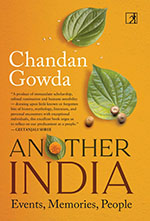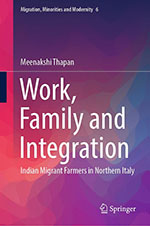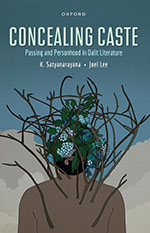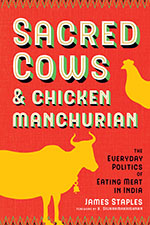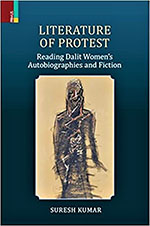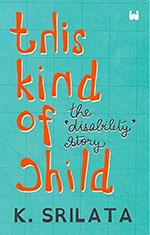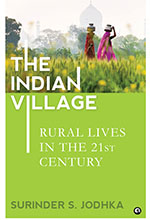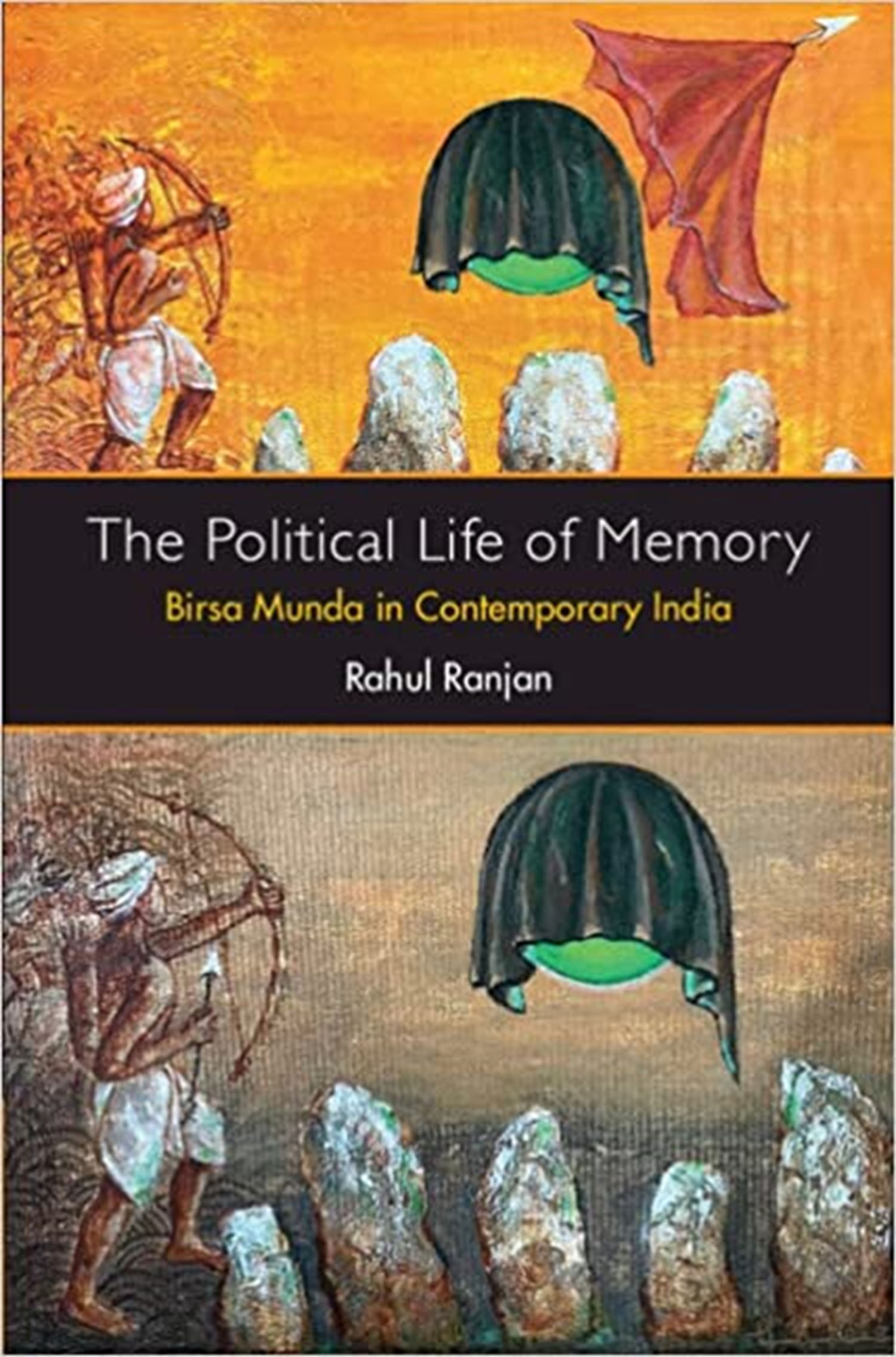Sociology
For the last decade or so, 21st century India has been a confusing place. We are bombarded with triumphant messages of India’s rise as an economic superpower while simultaneously feeling the crunch of rising costs and diminishing earning capacities.
At first glance, it appears that the Punjab-Emilia Romagna migration corridor is a win-win proposition for the Italian dairy owners in dire need for workers in a rapidly aging population and the relatively low-skilled Punjabi emigrants to meet their economic and aspirational goals since the once-prosperous agricultural sector of Punjab has stagnated.
The anthology Concealing Caste: Passing and Personhood in Dalit Literature with an extensive introduction by K Satyanarayana and Joel Lee is a treasure-trove of Dalit literature.
India is the land of paradoxes. As the British economist Joan Robinson famously quipped, ‘Whatever you can rightly say about India, the opposite is also true.’ This statement aptly captures the politics around the cow in India.
Harsh Mander, the author of this book, would be known to most readers of the The Book Review. He is a gadfly some might say, others might say the conscience of a nation that was India.
literary activism of women depended upon the influence of male intellectuals, it was only in the 1980s that Dalit women began writing to ‘externalize their pain, show their plight, demand their rights, spread social awareness and mobilize themselves for affirmative articulation’
Disability is born out of interactions of these impairments of mind and body with the external settings comprising the physical features present in the environment and the human components coupled with attitudes and perspectives.
Indian villages represent a vast terrain, which is full of diversity in its natural settings, social structure, cultural life, economic conditions, and many other aspects of life.
Birsa Munda is a revolutionary figure who has inspired many generations to fight against the injustice of both colonial rulers and the postcolonial exploitative development model. Though largely overlooked and portrayed marginally as a ‘nationalist’, who fought against British rule in present-day Jharkhand in the last decade of the nineteenth century,

